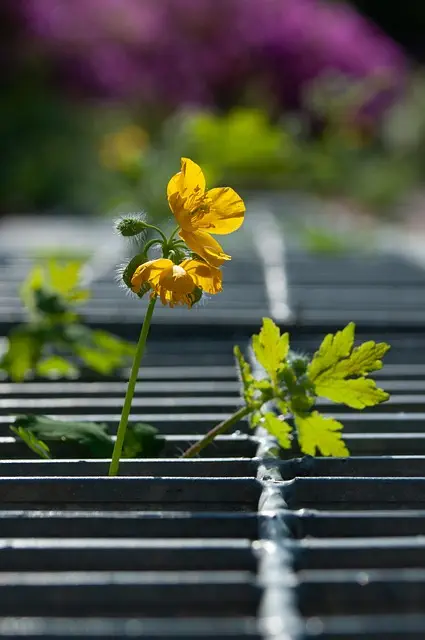Proper storage of kratom, derived from Mitragyna speciosa, is vital for maintaining its potency and effectiveness in managing opioid withdrawal symptoms. Follow best practices by storing kratom in airtight containers in cool, dark, dry places away from light and heat to prevent oxidation and ensure quality preservation.
Kratom, derived from the tropical plant Mitragyna speciosa, has gained attention as a potential aid in managing opioid withdrawal symptoms. This natural alternative offers a promising path for those seeking to break free from opioid addiction. In this article, we’ll explore how kratom can support individuals during withdrawal, delving into effective storage practices to ensure its quality and potency. We’ll also discuss various extraction methods to enhance its therapeutic effects, providing valuable insights on How To Store And Preserve Kratom.
- Understanding Kratom's Role in Opioid Withdrawal
- Effective Storage Practices for Optimal Kratom Quality
- Exploring Kratom Extraction Methods for Enhanced Efficacy
Understanding Kratom's Role in Opioid Withdrawal

Kratom, derived from the Mitragyna speciosa plant, has gained attention as a potential aid in managing opioid withdrawal symptoms. Its unique chemical composition offers an alternative approach to traditional withdrawal treatments. By acting on specific opioid receptors in the brain and body, kratom can help alleviate cravings and reduce physical withdrawal symptoms. This natural herb provides a gentle yet effective method for individuals seeking to break free from the grip of opioids.
Understanding how to store and preserve kratom properly is essential for maintaining its potency and quality. Kratom should be stored in an airtight container, kept in a cool, dark place, away from direct sunlight and moisture. Proper storage ensures that the herb retains its full spectrum of compounds, enhancing its effectiveness when used during withdrawal. Additionally, knowing the dosage and choosing high-quality kratom products are crucial steps to ensure safety and maximize the benefits during this transition process.
Effective Storage Practices for Optimal Kratom Quality

Proper storage is key to preserving the quality and potency of kratom, especially when managing opioid withdrawal symptoms. To ensure maximum effectiveness, learn how to store and preserve your kratom correctly.
Store kratom in an airtight container, preferably made from materials like glass or metal that offer protection against moisture and light. Keep it in a cool, dark place, such as a cabinet or pantry shelf. Avoid storing kratom in the refrigerator or freezer unless it’s sealed in a protective wrapper designed for long-term storage. Additionally, keep kratom away from direct sunlight and heat sources to prevent degradation. Regularly check your storage area, discarding any kratom that has exceeded its peak freshness or shows signs of spoilage.
Exploring Kratom Extraction Methods for Enhanced Efficacy

Kratom, a natural herb with opioid properties, has gained popularity as an alternative treatment for managing withdrawal symptoms associated with opioid addiction. The efficacy of kratom in mitigating withdrawal relies heavily on its extraction methods. Different extraction techniques impact the concentration and potency of active compounds, such as mitragynine and 7-hydroxymitragynine, which are responsible for its therapeutic effects.
To maximize the benefits, understanding how to store and preserve kratom is essential. Proper storage involves keeping it in an airtight container, stored away from direct sunlight and heat sources. This helps maintain the herb’s potency and freshness. Additionally, ensuring a cool and dry environment prevents oxidation and degradation, allowing for longer shelf life and enhanced efficacy when used for opioid withdrawal relief.
Kratom has emerged as a potential natural solution for managing opioid withdrawal symptoms, offering an alternative approach to traditional treatment methods. By understanding its role, adopting effective storage practices to preserve quality (How To Store And Preserve Kratom), and exploring various extraction techniques for enhanced efficacy, individuals can navigate their path to recovery with greater support. While more research is needed, these strategies provide valuable insights into harnessing kratom’s benefits for a healthier transition.













